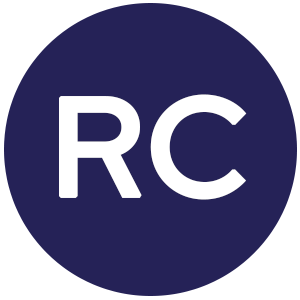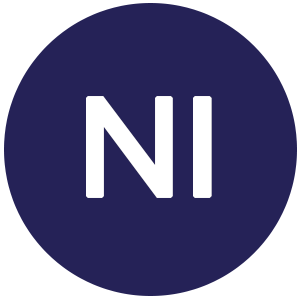Hospitals already reeling from the Great Resignation as well as skyrocketing prices of the global supply chain crunch are now facing a looming recession.
In times like these, all large organizations must think practically about how they can spend less in the foreseeable future. In hospitals, one of the first places leaders look to trim costs is equipment purchasing. How can they buy less equipment than what they’ve budgeted for?
Of course, not purchasing anything isn’t an option — hospitals need to be continually equipped to deliver high-quality care because people don’t stop getting sick or injured just because the economy’s struggling. Therefore, hospitals need to get more efficiency from the equipment they already have. That’s where an enterprise-wide, room-level-accurate, real-time location system (RTLS) can prove an indispensable tool.
RTLS helps hospitals utilize the equipment they already own
In a recent post focused on supply chain challenges, we took a look at three ways an RTLS can help hospitals manage their mobile equipment fleet through a crisis without paying through the roof.
The same benefits apply to the cost-cutting required by a recession, including:
Determining the necessity of an immediate purchase
- When several pieces of mobile equipment are broken, it’s understandable that hospital staff may think there’s a shortage and will put in a request to have the equipment repaired or replaced right away. However, what staff may not know is that a hospital may have a significant surplus of a particular type of equipment—even during its busiest times. Therefore, understanding the utilization rate of a mobile equipment fleet is essential when a hospital makes purchasing decisions. And a hospital can’t truly know its utilization rate without the power of an RTLS.
Accelerating the mobile equipment workflow
- Hospitals that have an enterprise-wide, room-level-accurate RTLS have clear visibility into how their mobile equipment moves around the entire facility. Administrators can identify where bottlenecks may be slowing the process of returning soiled equipment back to service. With that information in hand, a hospital can revise routines to speed up that workflow, ensuring that more clean equipment is available to front-line staff when they need it, where they need it—without purchasing more items.
Exploring load-balancing options between related facilities
- Let’s say a multi-facility health care system has installed an RTLS in each of its buildings. The system’s administrators, in theory, would have access to the utilization data for each facility and be able to see which may be approaching an equipment shortage and which may have a surplus. Based on that data, the administrators could ask the facility with the surplus to loan equipment to the facility facing the shortage—thus saving the system from making an expensive purchase.
RTLS: a solution in a time of tight budgets
Now, a devil’s advocate may respond to this line of thinking with, “Well, if a hospital can’t afford to purchase more equipment, how can it afford to invest in an RTLS?
But think about it another way: Imagine you were planning to buy a new car, but you’ve put that purchase on hold because of the recession. You’d been holding off on investing in repairs to your current car, such as new tires, because you expected to buy a new one soon. But because that’s not happening, you need to make wise purchases to get the most out of the car you have right now.
In a hospital, a lightweight RTLS like Cognosos is a wise purchase because it helps you get the most out of the equipment you already have—without breaking the bank up front. Here’s three reasons why:
- Cognosos’ infrastructure is less expensive and its installation less invasive than other RTLS products on the market. Your hospital can afford to put tracking infrastructure everywhere in the facility—which is key to achieving the best ROI for your purchase. This means your RTLS is up, running, and producing the data you need to manage your mobile equipment fleet faster than any other product on the market.
- Cognosos operates on a software-as-a-service (SAAS) model. This is attractive to hospitals for two reasons. First, it contributes to the low up-front costs associated with the RTLS’ implementation. Second, Cognosos’ cost can be categorized as operational, not capital—and the former budgets are typically more malleable for hospitals to manage.
- Your hospital can take a stairstep approach to tagging assets. Because of recession-induced budget constraints, you may start by tracking only the top 20 percent of your most-valuable asset classes. But even by tagging this small number, your hospital will see the benefits that hard data can bring to your purchasing decisions—making the case for your financial team easier when you want to expand.
Final thoughts for hospital leaders
In short, the question is less: “How can a hospital afford an RTLS in a recession?”. It’s more: “How can one afford not to?”. With lightweight, enterprise-wide Cognosos RTLS, you’ve got the right tool at the right time to keep your facility running smoothly—clinically and financially—through the recession.
Wondering where to start when it comes to choosing the right RTLS for your hospital? Get our Ultimate Guide to Choosing the Right RTLS Solution for your Hospital now.



